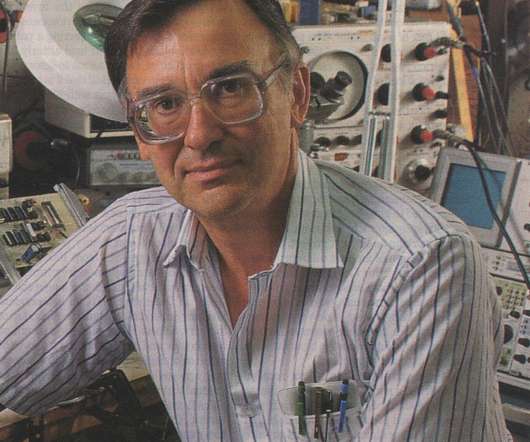Sandia team boosts hydrogen production activity by molybdenum disulfide four-fold; low-cost catalyst for solar-driven water splitting
Green Car Congress
OCTOBER 7, 2015
The improved catalyst has already released four times the amount of hydrogen ever produced by MoS 2 from water. To determine what was happening, and the best way to make it happen, the Sandia team used computer simulations generated by coauthor Na Sai from the University of Texas at Austin that suggested which molecular changes to seek.














Let's personalize your content